Quantum collaboration demonstrates in Chicagoland the first steps toward functional long-distance quantum networks over deployed telecom fiber optics, opening the door to scalable quantum computing — https://bit.ly/3QXe780


Quantum collaboration demonstrates in Chicagoland the first steps toward functional long-distance quantum networks over deployed telecom fiber optics, opening the door to scalable quantum computing — https://bit.ly/3QXe780
Nvidia omniverse to predict an alternate future of the world by forecasting productivity with AI, FIFA integrates full body tracking AI to help referees make calls, and new Meta AI translates 200 languages with highest degree of accuracy.
AI News Timestamps:
0:00 Nvidia Omniverse AI Predicts Alternate Future of The World.
3:01 FIFA Uses Full Body Tracking AI
4:05 Meta AI Translates 200 Languages.
Learn more about the future of decentralized AI here:
SingularityNET AGIX Website — https://singularitynet.io/
Developer Documentation — https://dev.singularitynet.io/
Publish AI Services — https://publisher.singularitynet.io/
AGIX Community Telegram — https://t.me/singularitynet
AGIX Price Chat Telegram — https://t.me/AGIPriceTalk
#nvidia #ai #omniverse
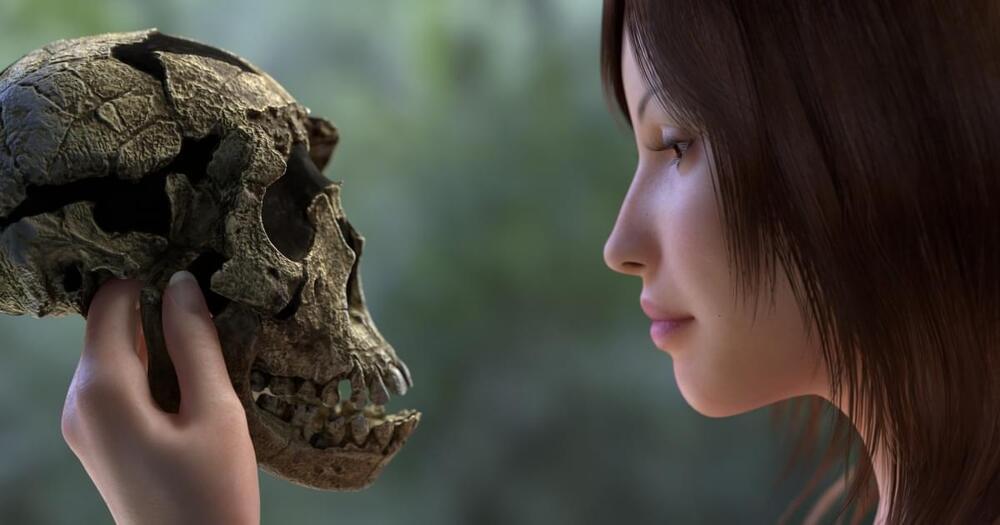

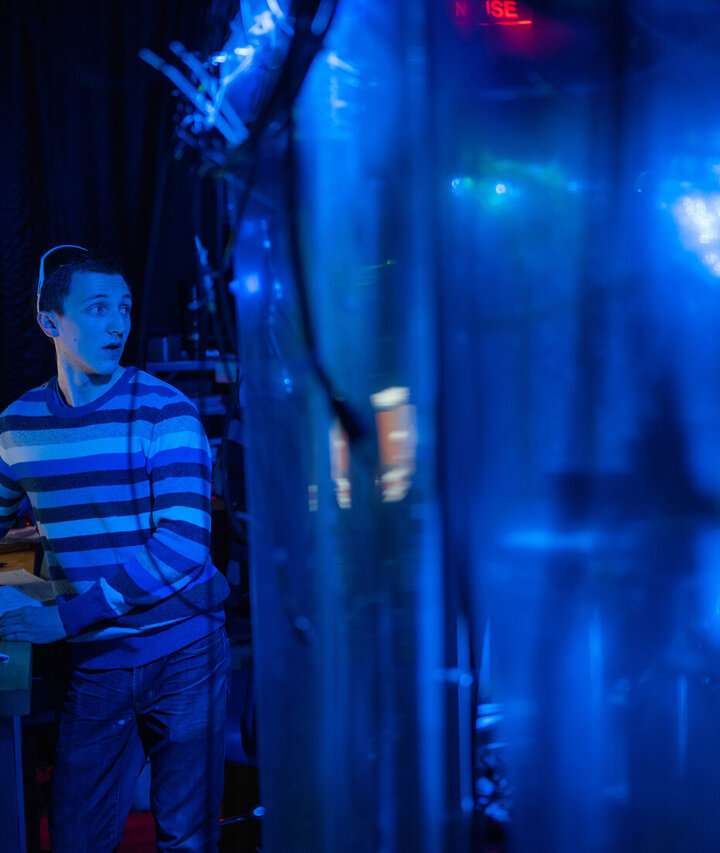

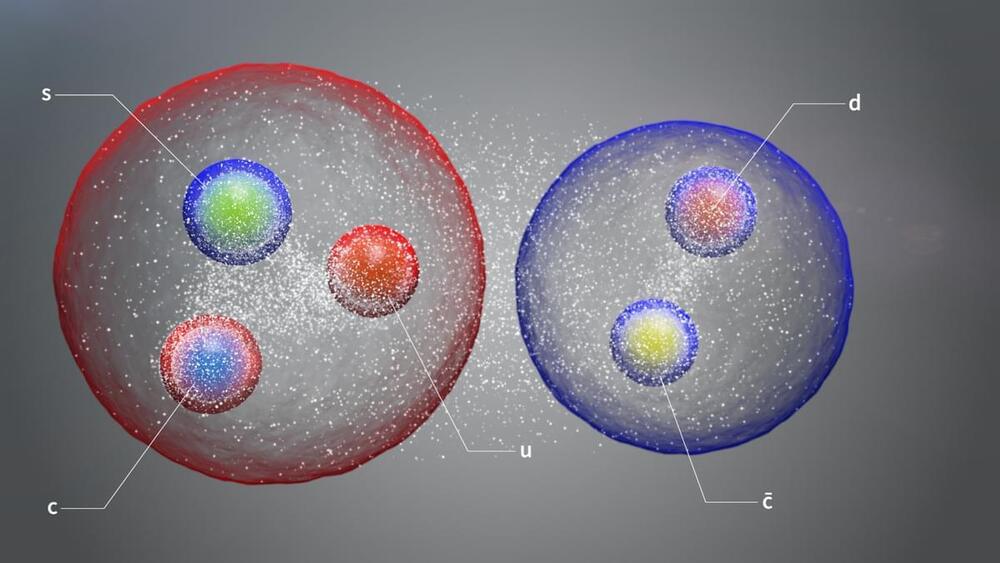
‘The more analyses we perform, the more kinds of exotic hadrons we find’
In the last two years, researchers have discovered a tetraquark made up of two charm quarks and two charm antiquarks, and two “open-charm” tetraquarks consisting of a charm antiquark, an up quark, a down quark and a strange antiquark.
“The more analyses we perform, the more kinds of exotic hadrons we find. We’re witnessing a period of discovery similar to the 1950s, when a ‘particle zoo’ of hadrons started being discovered and ultimately led to the quark model of conventional hadrons in the 1960s. We’re creating ‘particle zoo 2.0,” LHCb physics coordinator Niels Tuning said in a statement.
Last year, researchers also found the first-ever instance of a “double open-charm” tetraquark with two charm quarks and an up and a down antiquark.
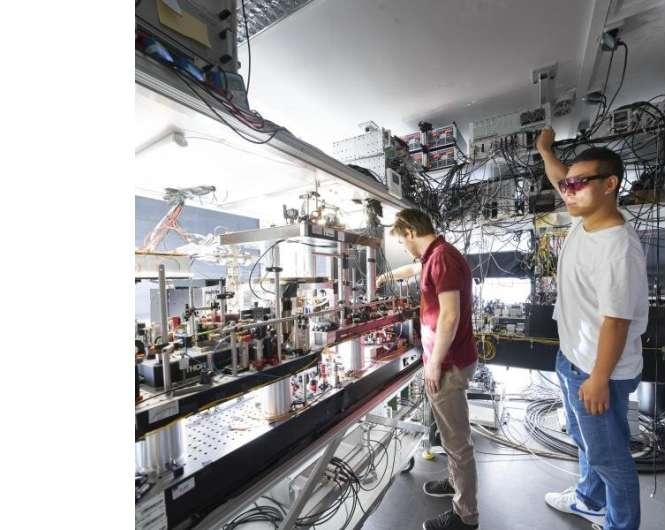
A network in which data transmission is perfectly secure against hacking? If physicists have their way, this will become reality one day with the help of the quantum mechanical phenomenon known as entanglement. For entangled particles, the rule is: If you measure the state of one of the particles, then you automatically know the state of the other. It makes no difference how far away the entangled particles are from each other. This is an ideal state of affairs for transmitting information over long distances in a way that renders eavesdropping impossible.
A team led by physicists Prof. Harald Weinfurter from LMU and Prof. Christoph Becher from Saarland University have now coupled two atomic quantum memories over a 33-kilometer-long fiber optic connection. This is the longest distance so far that anyone has ever managed entanglement via a telecom fiber.
The quantum mechanical entanglement is mediated via photons emitted by the two quantum memories. A decisive step was the researchers’ shifting of the wavelength of the emitted light particles to a value that is used for conventional telecommunications. “By doing this, we were able to significantly reduce the loss of photons and create entangled quantum memories even over long distances of fiber optic cable,” says Weinfurter.

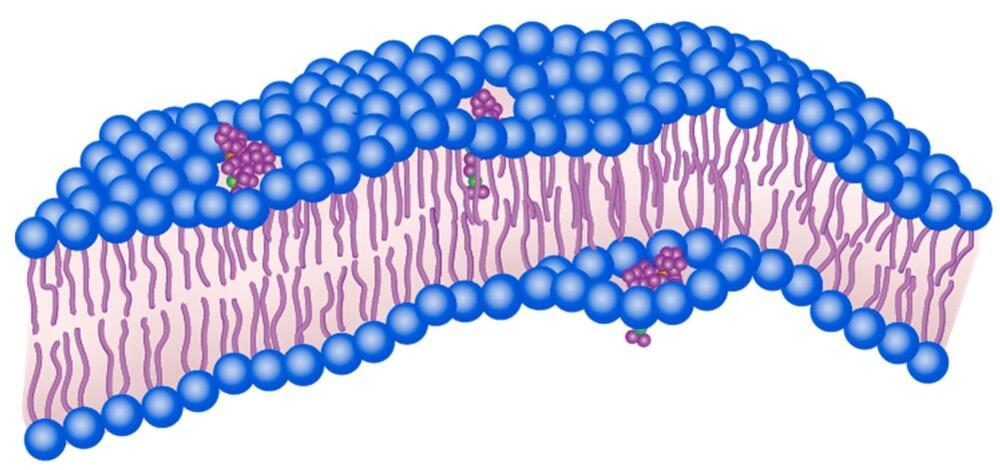
Molecular machines that kill infectious bacteria have been taught to see their mission in a new light.
New nanoscale drills have been developed that are effective at killing bacteria. These novel molecular machines are activated by visible light and can punch holes through the cell membranes of bacteria in just two minutes. As bacteria have no natural defenses against this mechanism, it could be a useful strategy to treat antibiotic-resistant bacteria.
The latest iteration of nanoscale drills developed at Rice University are activated by visible light rather than ultraviolet (UV), as in earlier versions. These have also proven effective at killing bacteria through tests on real infections.